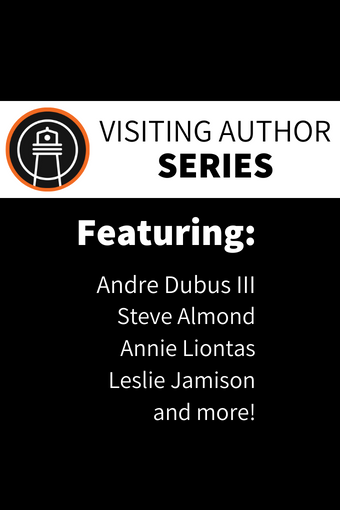By Shelby Handler
June 20, 2010
I read my first poem at age five. I’m fairly sure that the moment I finished, nerves overcame me and I wondered, “What the devil is meter?” Since then, the subject of metrical patterns is slightly less mysterious but still conjures the same apprehensiveness. My limited experience with it has consisted of stumbling through marking stresses and then quickly giving up, usually left in a fit of frustration. When I stepped into Lighthouse’s cozy living room, I felt almost calm. After introductions with my fellow students, it was apparent that fear surrounding scansion is a pretty common ailment.
Whether the workshop’s title was originally intended to refer to scansion being a “blast,” as in large amounts of fun, or the act of being literally blasted, is unknown. But the moment we began, it was clear that our confident instructor, David J. Rothman, had a bit of both on the agenda. Perhaps the bottle of wine that he shared with us was to soften the blow of the blasts we had ahead. David began by putting heavy importance upon the idea that “Poems do no only say things, they also do things.” Simple as it may sound, it served as the perfect jumping off point.
From there, David presented the idea that the metrical pattern of a poem doesn’t simply imitate its content, but rather it can be “a generative source of meaningfulness.” Instead of it being slapped on top of the poem’s ideas, it occurs simultaneously and is thus inseparable from the work. In our language, meaning (or in poetry’s case, meaningfulness) is drawn as much the ideas of the words as how they sound. For example, when children learn to speak, they use the pitch, volume and duration of stresses to mimic conversation, long before any actual words are articulated.
Similarly, most of the first gibberish words spoken by babies are strong stress alliterations. As we learned, a strong stress alliteration is when the words alliterate not only in the first sound, but also in the second. The second sound of the words must either be a matching consonant or a vowel. An easy example, made famous by babies everywhere, would be “Goo goo, ga ga.” David impressed upon us that it is no accident that strong stress alliterations find their way onto our tongues, even from a young age.
To get our brains stirring, we were instructed to think of common phrases that exemplify this linguistic phenomenon. Between red plastic cups of wine, we piled up countless strong stress alliterations. Working our way through the entire alphabet, my mind scrambled and stretched. Bada Bing Bada Boom. Ding dong ditch. Hot and Heavy. Moneymaker. Naughty and Nice. Tit for tat. Ta-tas. The list goes on. And a colorful list it turned out to be. Discovering the alliterations in so many different parts of language was exhilarating, I found tucked them in unexpected corners of my brain and once we began listing, it was an addictive hunt. At that point, my fear of scansion had evaporated. Instead, it was pared down to simple wonderment at how much stress and sound effects determine wh at we are communicating. The workshop was not just directions on how to analyze a poem’s metrical pattern, but rather the larger linguistic importance that pattern holds.
at we are communicating. The workshop was not just directions on how to analyze a poem’s metrical pattern, but rather the larger linguistic importance that pattern holds.
As we wrapped up by attempting to write in the form of Anglo Saxon Strong Stress Alliterative Meter (lines that have four stresses and three strong stress alliterations), I knew the journey of reading meter and writing in it was going to be a long one. None of our attempts were perfect. My exercise’s results felt forced and silly, but not once was I bored. The search for words and correct stresses kept my brain feverishly clamoring to seek a particular arrangement. Glancing at the living room table, I pictured our collection of strong stress alliterations stacked haphazardly. It was an odd bunch. Silly though many of them were, it wasn’t just a pile of catchy phrases. All of the alliterations were tiny sparks of poetry. And as David declared, as the workshop began to draw to a close, “It is your job, as poets, to start a fire.”

